 |
|

|
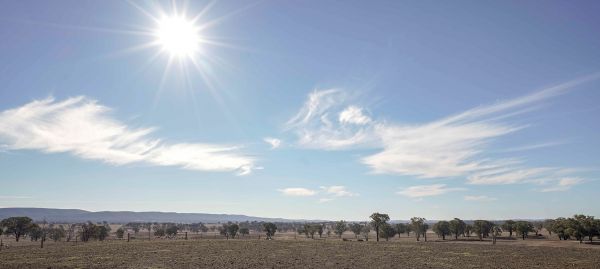 |
 |
June Large Animal News |
June 2018 |
 |
|
 |
We focus this month on calving with many of our producers entering their main calving period in a very challenging seasonal environment.
Vet Andrew Denman discusses the changing nutritional needs of calving cows during late pregnancy and early lactation combined with the impact of cold weather.
Vet Megan Wright considers the mis-mothering of calves highlighting the value of nuturing the strong establishment of the cow/calf bond.
Our landscape is taking on a green tinge after limited & patchy rainfall in recent weeks however dry matter is still neglible. Substitute feeding of stock being held may be required until early spring - selling non production stock (if you haven't already) and being pro-active in regard to nutritional requirements will help with management of your animals through this winter.
For assistance in this area please call Orange Veterinary Hospital or your local LLS vet.
Thanks to Margot Hughes Photography for our stark landscape image.
|
 |
 |
|
|
|
 |
 |
01 Feeding cows during late pregnancy |
 |
 |
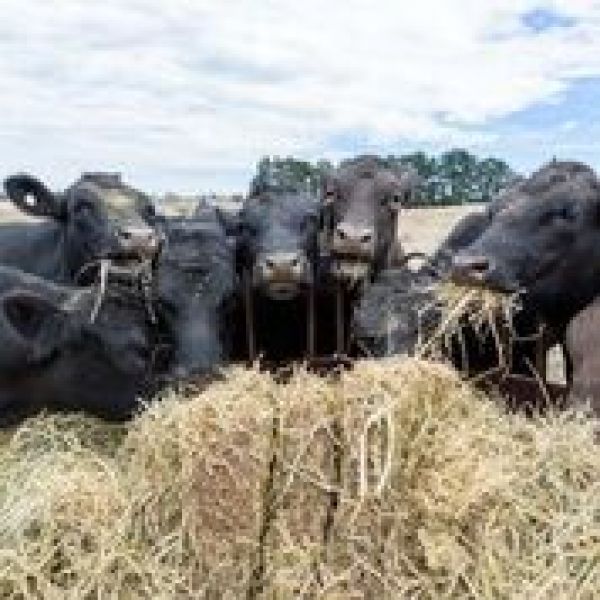 photo - the17thphotographer
|
|
 |
Over the last couple of weeks, the vets at OVH have seen a number of cases involving nutritional stress of cattle coming up to the calving period. As we all know, the nutritional needs of cattle increase dramatically in the last few weeks of pregnancy and these requirements continue to increase in early lactation. In this current season the cows are entering this time of higher nutritional need in poorer body condition than normal, and adding to that, with the very cold conditions we will see during the calving period, we now have a “perfect storm” brewing for a metabolic/nutritional crisis to occur.
Management and feeding strategies need to be in place to PREVENT these issues rather than treat them. These include meeting the general nutritional requirements required (Metabolisable Energy/ Protein), and the specific nutritional needs at this time (Calcium/Magnesium/Phosphorus). Herd health treatments (drenching/vaccinating) are also important to consider as cows will be more intensively confined then normal. Also, do not forget that the water needs of these heavily pregnant/lactating animals will increase significantly.
The range of health conditions we are seeing include, cows “going down” prior to calving due to low energy/calcium levels, increased calving difficulties, increased retained membranes. We are also encountering internal parasitism, pulpy kidney and grain overload issues.
We know that fertility is related to body condition score and so poor fertility rates in the upcoming joining may result as these cows try to recover from the calving process. Similarly, bull fertility is related to body condition. Semen quality is determined approximately 2 months before joining, so it is essential to maintain bulls in good body condition well before mating starts.
Please feel free to ring and talk to any of the veterinarians at OVH for advice on these issues. We are working closely with the staff at the LLS to give the best advice in preventing and treating these problems.
|
 |
 |
|
 |
 |
02 Mismothered calves - the first 24 hours of life |
 |
 |
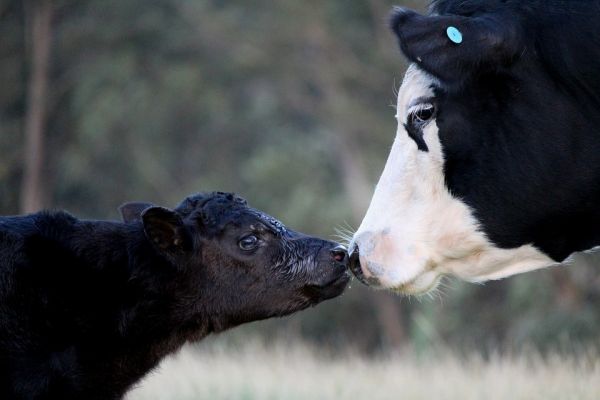 Nothing beats a strong maternal bond...
Photo credit Pixabay
|
|
 |
Calves born in cold weather may suffer adverse effects if they are unable to stand and nurse within an hour after birth. Calves may be slow to stand for a number of reasons but even a normal calf can become hypothermic in very cold weather. Sometimes the cow may leave a calf alone and exposed to the elements – this is called “mismothering”.
If you find a mismothered calf, it is important to make sure the calf is dry and warm. In cold, wet weather you may need to move the calf away from the cow and into a warm shelter, such as a shed.
The next most important step is ensuring the calf receives colostrum. Colostrum, an extremely important source of immunity for the calf, is naturally received in the milk from the cow in the first day of life. Mismothered calves that cannot stand may need to be supplemented with colostrum – usually by bottle and teat if the calf is suckling.
The best source of colostrum is always directly from a cow. You may need to collect colostrum from the mother (or another cow calved within the last 12 hours) by catching her in the crush and milking her. Calves need to receive at least 2 litres of colostrum in the first 12 hours of life. Commercial colostrum supplements are available, but there is little research to support their effectiveness. They are also very expensive as calves require large volumes.
There is a risk that the mother will not accept the calf once returned back to her due to interference with the maternal bonding process. If the calf is able to stand but the mother will not let the calf suckle, you can try putting the cow in the crush and the bottom section of the side gate (available on most crushes) to allow the calf access to the mother’s teats. Isolation from the general mob may be needed for a few days until the cow/calf bond is cemented. Poddying and hand rearing is an option if the cow continually rejects the calf.
Mismothering of calves may be prevented by monitoring and checking calving cows routinely, as well as ensuring a clean, dry calving paddock. Calving in a paddock with some protection from the weather, eg a wind break such as a line of trees, may also help. Optimal nutrition of cows is also important, as it can reduce difficulties during birth, improve maternal behaviour and allow them to provide high quality colostrum and milk for their calves.
Mismothered calves are at increased risk of infections such as pneumonia and scours. If you are concerned about a calf at any stage, or for information on feeding poddy calves, please contact us at the clinic - 63618388.
|
 |
 |
|
 |
 |
03 Donkey health |
 |
 |
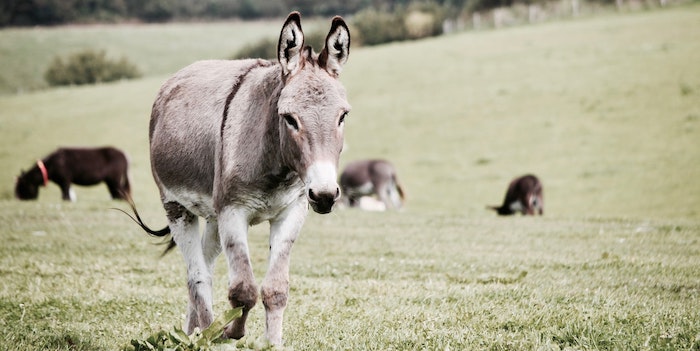
For at least 5000 years there has been a unique bond between humans and donkeys. Historically they have been used as a working animal, playing an integral role in the mobilisation of ancient pastoral cultures and the development of long-distance trade across Egypt. Modern donkeys continue to play a crucial role as beasts of burden in many underdeveloped cultures. Elsewhere, donkeys may be used to sire mules, guard stock, facilitate tourism, and as companion animals or pets. In some countries, such as China, there is also a demand for donkey meat and products, often considered a delicacy.
Despite the oversized ears and stubborn reputation, donkeys are still a member of the equine family, with all the same health and husbandry needs as our horse and pony friends. They require regular handling, farrier and dental care, vaccination, and drenching just like horses. Donkeys can also be particularly susceptible to certain equine health conditions, such as Equine Metabolic Syndrome and laminitis (founder). Given that modern donkeys were derived from species of African wild ass, they evolved to survive in dry and arid environments. So with access to lush pastures or a rich diet, donkeys are particularly susceptible to obesity, insulin resistance, and laminitis.
Whether you keep a donkey as a pet, for breeding, or as a guard animal, be sure to touch base with a vet to make sure your donkey’s health needs are being met.
|
 |
 |
|
 |
 |
04 Last chance to maintain J-BAS of 7 or 8 |
 |
 |
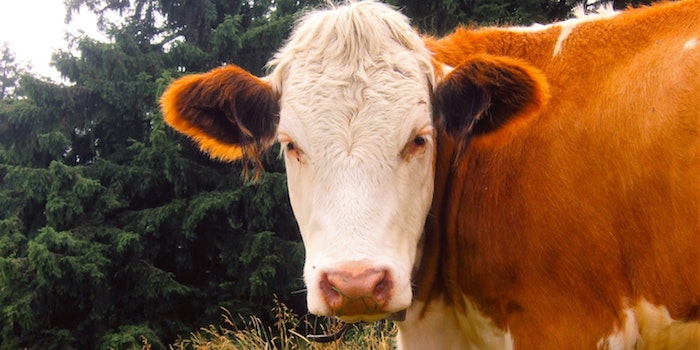
Under the new framework for managing Johne’s disease (JD) in beef cattle, producers nationwide have until 30 June 2018 to conduct their first laboratory test if they wish to maintain a Johne’s Beef Assurance Score (J-BAS) of 7 or 8 for their herd(s).
The voluntary J-BAS tool provides a scoring system to help producers manage the risk of cattle becoming infected with JD. The highest levels of assurance (i.e., J-BAS 7 or 8) are underpinned by veterinary advice covering on-farm biosecurity planning, along with periodic laboratory testing of the herd.
During the transition period, which ran from 1 July 2016 to 30 June 2017, former Beef Only herds and those from the Protected Zone or Beef Protected Area automatically became J-BAS 7. Herds from CattleMAP and those in the Free Zone (Western Australia) became J-BAS 8.
Many producers have already conducted their first test, which is to be repeated every three years, securing their high assurance scores. For others, the choice to maintain a J-BAS of 7 or 8 will depend on the J-BAS requirements of their buyers – certain scores may be sought by stud breeders and those actively managing JD in their herd.
A Check Test is carried out on samples from 50 animals within the herd (or all animals if the herd has less than 50 head). These samples must be collected by a vet and sent to the laboratory by the 30 June deadline in order to continue declaring a J-BAS of 7 or 8.
If samples for the first Check Test are not collected and submitted to the laboratory by the deadline of 30 June 2018, producers can only declare a maximum J-BAS of 6 and will need to conduct a Sample Test (potentially involving more animals than 50) to return to a J-BAS of 7 or 8.
This will be of relevance for producers providing animals to producers or markets that stipulate a J-BAS 7 or 8 requirement, such as for entry to WA.
Please contact us immediately for your testing requirements.
|
 |
 |
|
 |
 |
05 New Zealand to cull 126,000 cows |
 |
 |
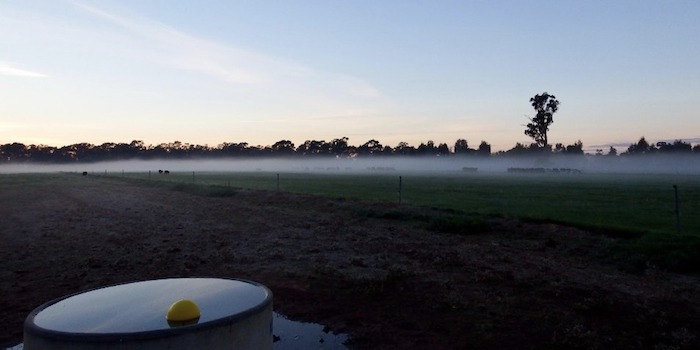
New Zealand will be the first country in the world to try and eradicate mycoplasma bovis by culling an estimated 126 000 cows. Mycoplasma bovis is discussed in an article below. It manifests as incurable mastitis (often in multiple quarters) and severe pneumonia in cows. In calves the disease tends to present with ear and joint infections.
In July 2017, the bacterial infection Mycoplasma bovis was found in cattle in the Oamaru area of the South Island. The Government has agreed with dairy and beef sector partners to attempt to eradicate the disease from New Zealand. It is estimated that this will be a 10 year project and cost ~$560m.
According to government forecasts, the industry would risk a cost to the industry of NZ$1.3bn in lost production if the disease was left to spread unchecked during this time period.
To read more about the issue, see these 2 articles below:
- New Zealand to cull more than 100,000 cows to eradicate Mycoplasma disease
- Mycoplasma bovis - Biosecurity New Zealand
|
 |
 |
|
 |
 |
06 Horse health myths |
 |
 |
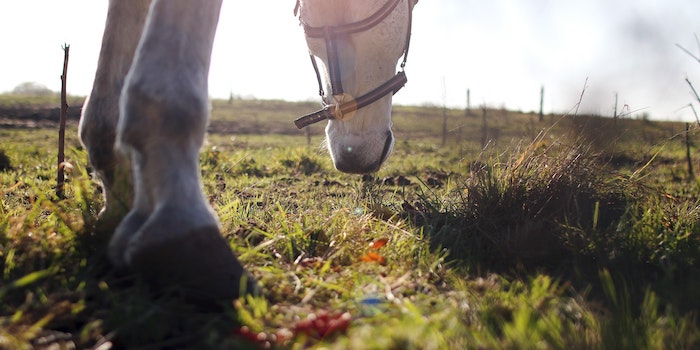
Myth: White hooves are weaker than dark hooves.
"One white foot—buy him.
Two white feet—try him.
Three white feet—look well about him.
Four white feet—go without him."
So, does this old rhyme have any merit? In short, no.
Debate and misconceptions about hoof colour have been around for a long time, since well before the development of technology which enables us to examine and assess the inner structure and function of the horse’s hoof.
Structurally, and microscopically, the anatomy of a white hoof and a dark hoof is exactly the same. There is no scientific evidence to suggest that white hooves are inferior to dark hooves. It has been shown that black hooves and white hooves do not differ in water content, chemical composition, hardness, or compressive strength. We know that hoof wall colour is dictated by pigment producing cells at the coronary band, which explains why a horse with a white sock will have a white hoof on that leg. Some horses with more complex colour patterns, such as Appaloosas, may even have striped hooves.
Hoof quality can certainly be related to genetics and hoof conformation, and this probably explains the indirect (and incorrect) link between hoof colour and hoof quality.
If you have concerns about your horse's hooves, consult with a vet and qualified farrier for a full assessment of your horse’s hooves, diet and podiatry needs.
|
 |
 |
|
|
